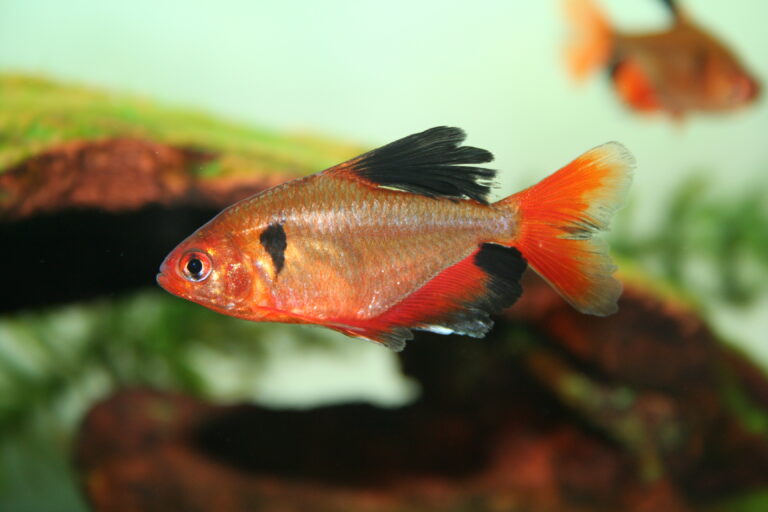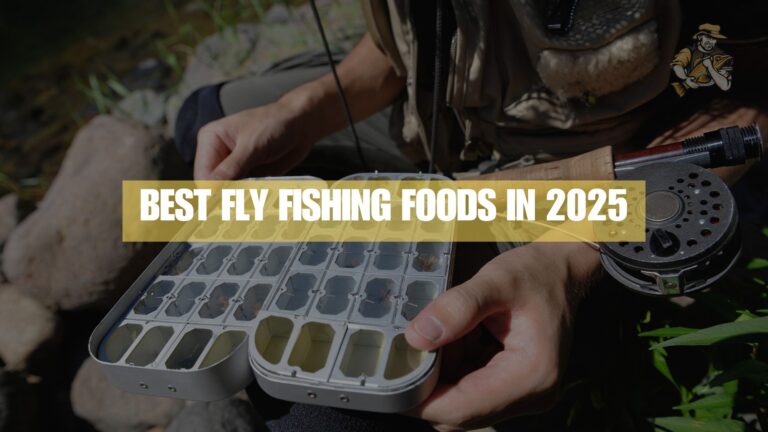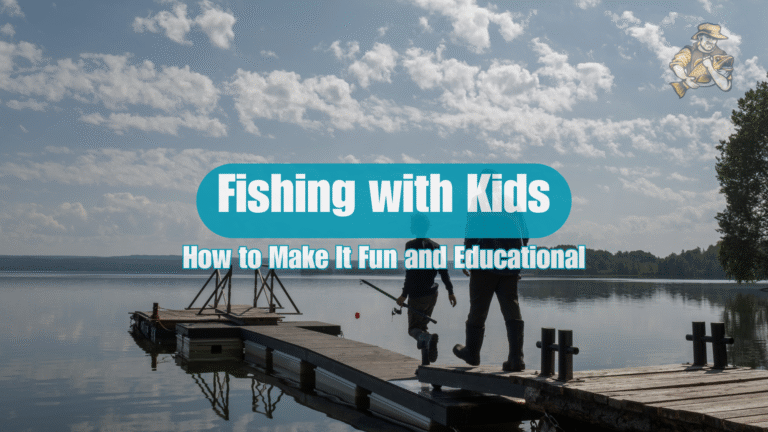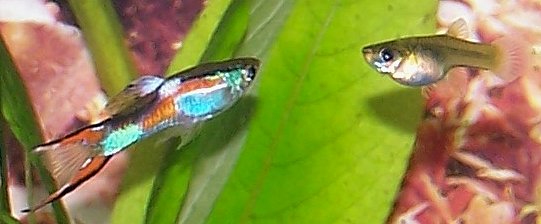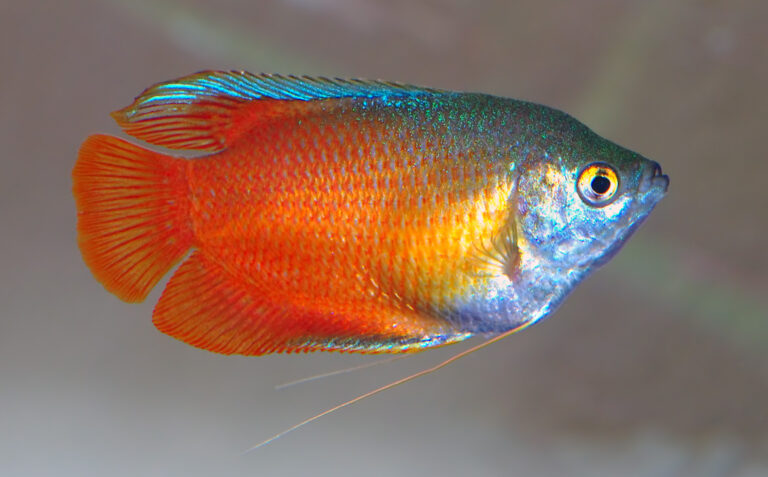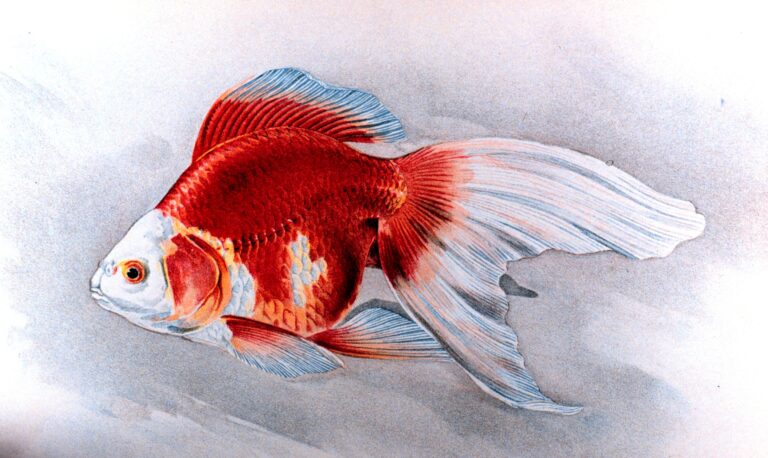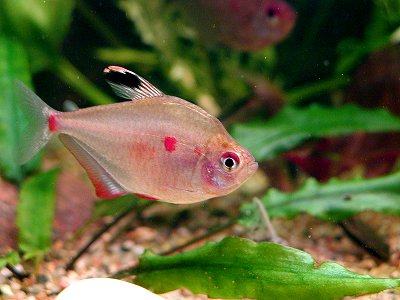Best Time to Go Fishing: Timing Tips for Bigger Catches
By Adam Hawthorne | Last Modified: May 3, 2025
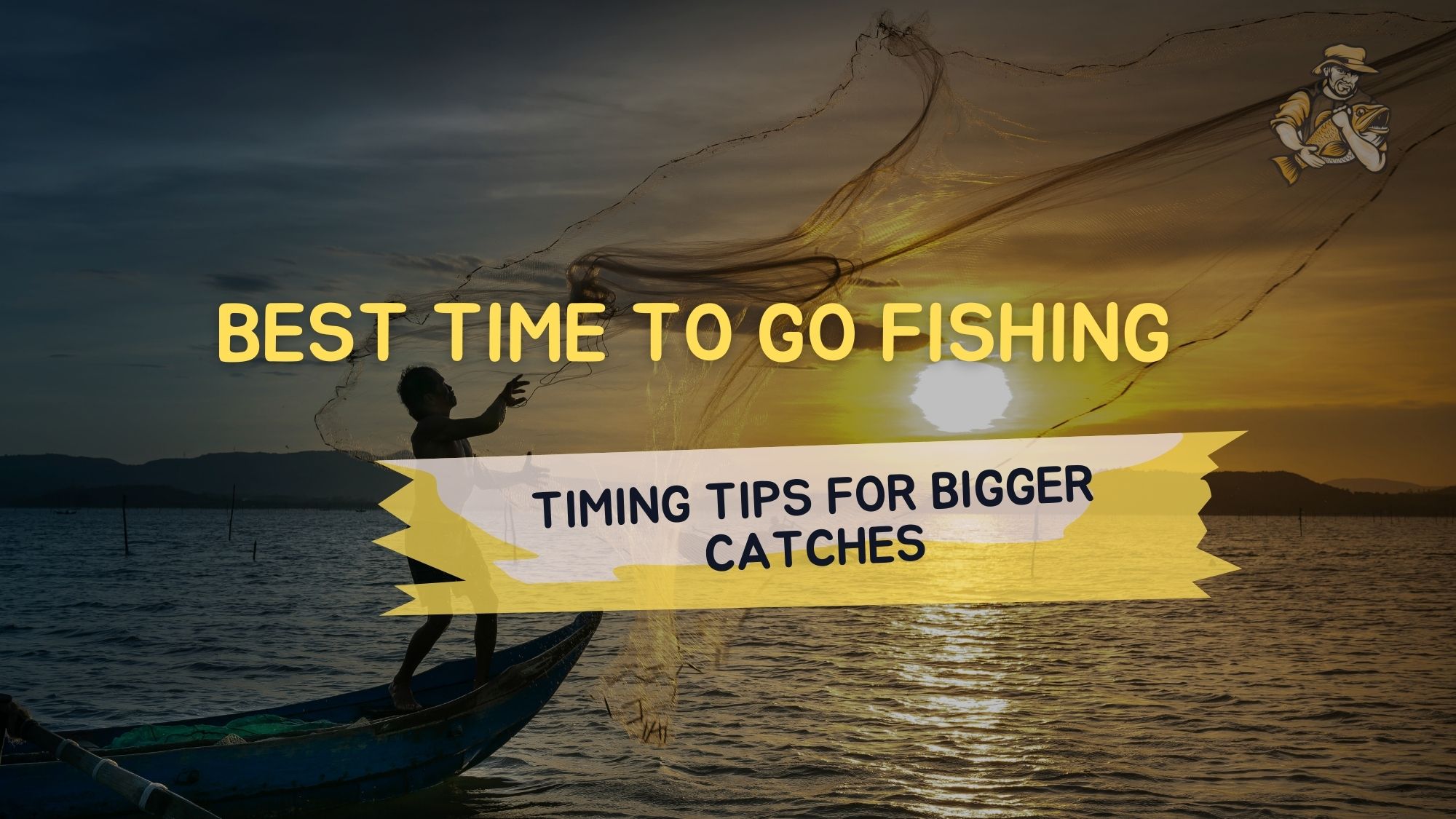
If there’s one question I get asked more than any other, it’s about timing. When should you cast that line? After 30+ years of early mornings and late evenings on the water, I’ve learned that timing can make or break your fishing trip. The difference between coming home with a great catch or empty-handed often comes down to when you decided to go.
Best time to Go Fishing
The honest truth? There’s no perfect one-size-fits-all answer. Fish activity depends on several factors – time of day, season, weather conditions, and even moon phases. But that doesn’t mean we can’t significantly improve our odds by understanding these patterns.
I once spent three consecutive days fishing the same spot on Lake Michigan. Same location, same bait, same technique – but completely different results each day simply because I varied my timing. That experience taught me more about fish behavior than a dozen how-to books.
Dawn and Dusk: The Magic Hours
Most experienced anglers consider dawn and dusk the prime fishing periods, and for good reason. These twilight hours typically offer:
- Lower light conditions that make fish feel safer
- Cooler water temperatures (especially important in summer)
- Increased feeding activity as many fish species hunt during transition periods
- Less boat traffic and human disturbance
Last summer, I arrived at my favorite spot on the Au Sable River about 30 minutes before sunrise. The morning was quiet, with a light mist hanging over the water. Within the first hour, I’d caught more trout than the entire previous afternoon. As the sun climbed higher, the bite noticeably slowed.
That said, dawn and dusk aren’t equal at all times of year. In spring and fall, I’ve found dawn particularly productive as fish feed actively after cooler nights. During hot summer months, dusk often outperforms dawn as fish become more active once the intense daytime heat subsides.
Midday Fishing: Better Than You Think
Despite the common belief that midday is terrible for fishing, there are plenty of exceptions. During colder months (late fall through early spring), midday can actually be the best time to fish, especially in freshwater. The sun warms the water slightly, increasing fish activity.
I remember a particularly cold February day on Lake Erie when most anglers had given up by 10 AM. I decided to stick it out, and between 11 AM and 2 PM, landed several nice walleye as the slight temperature increase got them feeding.
Midday can also be excellent for:
- Deep water fishing, where light penetration matters less
- Fishing under heavy cloud cover
- Targeting species like catfish that don’t mind bright conditions
Seasonal Patterns That Matter
When you should go fishing varies dramatically by season:
Spring Fishing Timing During spring, water temperature drives everything. As waters warm from winter lows, fish become increasingly active. Early spring mornings can be slow until the sun warms things up a bit.
- Early Spring (water temps 45-55°F): Late morning to mid-afternoon
- Late Spring (water temps 55-65°F): Dawn, dusk, and midday can all be productive
I’ve had some of my best bass fishing experiences during late spring afternoons when the water has had all day to warm up and fish are actively feeding before spawning.
Summer Fishing Timing Summer heat changes everything. Fish often become lethargic during hot midday periods, especially in shallow water.
- Early Morning: First light until about 8 AM
- Evening: From about 6 PM until dark
- Night Fishing: Becomes excellent in summer, particularly for species like bass and catfish
During one brutal July heat wave a few years back, I switched entirely to night fishing on my local lake. The difference was remarkable – the same spots that produced nothing at noon were suddenly alive with activity once the sun went down.
Fall Fishing Timing Fall creates some of the most consistent fishing opportunities of the year as fish feed heavily before winter.
- Mid-Morning to Late Afternoon: Often best as water warms from cool nights
- Focus on sunny days when possible
Last October, I had an incredible day at Lake Superior catching lake trout. What made it special was the timing – waiting until about 10 AM when the sun had been up long enough to warm the shallows just a few degrees.
Winter fishing success is almost entirely dependent on hitting the warmest part of the day.
- Late Morning to Early Afternoon: 11 AM – 3 PM typically offers the best opportunity
- Look for sunny days when possible
Ice fishing has taught me patience and the importance of timing. Those few hours around noon can make all the difference.
How Weather Affects Your Fishing Timing
Weather conditions can completely override general timing rules. Here’s what I’ve observed over decades on the water:
Barometric Pressure: The Hidden Factor
Fish are incredibly sensitive to barometric pressure changes, which often influence feeding activity more than time of day.
- Stable High Pressure: Often tough fishing conditions, especially in warm weather
- Stable Low Pressure: Can create good, consistent fishing
- Falling Pressure (before storms): Often creates excellent feeding frenzies
- Rising Pressure (after storms): Typically poor fishing conditions as fish adjust
One of my most memorable fishing experiences came just ahead of a summer storm on the Outer Banks of North Carolina. As the pressure dropped and dark clouds rolled in, the surf fishing suddenly went crazy. Within an hour, I’d caught more fish than the previous two days combined.
Cloud Cover and Fishing Success
Cloud cover essentially extends the dawn/dusk advantage by reducing light penetration:
- Overcast days can provide excellent all-day fishing, especially in summer
- Sunny days typically favor early/late fishing or targeting deeper water
I never cancel a fishing trip because of clouds. In fact, some of my best midday summer fishing has happened under heavy cloud cover when most fair-weather anglers stayed home.
Wind Direction and Timing
Wind direction affects when and where fish feed:
- Onshore winds (blowing toward shore) often push food toward shorelines
- Offshore winds typically create clearer conditions but may push food away
When fishing Lake Michigan, I always pay attention to wind direction. With a steady onshore breeze, I’ll often fish midday along the shorelines, breaking my usual timing rules. The wind pushes plankton toward shore, baitfish follow, and gamefish aren’t far behind.
Moon Phases and Fishing: Truth vs. Myth
Many anglers swear by fishing according to moon phases. Does it work? In my experience – sometimes.
Major feeding periods often coincide with moonrise and moonset, similar to sunrise and sunset. The most noticeable moon effects I’ve experienced are:
- Full Moon: Night fishing can be exceptional, especially in summer
- New Moon: Dawn and dusk become even more important
- Major/Minor Times: Based on moon position, these can influence feeding
During one memorable full moon night at the Everglades, the fish seemed almost too eager to bite – anything that moved was getting attacked. Was it the moon phase? I can’t say with absolute certainty, but the correlation has been strong enough that I now consider moon phases when planning longer fishing trips.
That said, don’t let moon tables override common sense. Weather conditions and seasonal patterns usually have a stronger influence.
Species-Specific Timing Tips
Different fish species have distinct active periods:
Bass Fishing Timing
Bass feeding patterns change seasonally:
- Spring: Midmorning through afternoon as waters warm
- Summer: Early morning, late evening, and night
- Fall: Midday can be excellent
- Winter: Afternoon hours after water warms slightly
Trout Fishing Timing
Trout are cold-water fish with specific preferences:
- Most active during dawn and dusk
- Midday fishing better in spring/fall or on heavily overcast days
- Winter afternoon fishing can be surprisingly good
I’ve caught some of my biggest rainbow trout during what most would consider “off hours” – a reminder that while timing patterns exist, individual fish don’t always follow the rules.
Catfish Timing Strategies
Catfish are known night feeders, but that’s not the whole story:
- Summer: Evening through night is typically best
- Spring/Fall: Daytime fishing can be excellent, especially afternoon
- Winter: Focus on warmest part of the day
Learn more about catfish feeding behaviors
Using Technology to Time Your Fishing
Today’s anglers have advantages I couldn’t dream of when I started fishing:
- Fishing forecast apps that track weather, pressure, and moon phases
- Water temperature monitoring tools
- Tide prediction apps for saltwater fishing
While I appreciate these tools, they supplement rather than replace experience and observation. The fishing app might say conditions are perfect, but if the water’s unusually muddy from recent rain, you’ll need to adjust your approach regardless of what the app suggests.
The National Oceanic and Atmospheric Administration provides reliable weather forecasts that can help plan fishing trips.
Planning Multi-Day Fishing Trips
When planning longer fishing trips, timing becomes even more critical:
- Check seasonal patterns for your destination
- Look at weather forecasts, particularly pressure trends
- Consider tide tables for coastal fishing
- Plan to be on the water during prime periods
On my annual Everglades trip, I study tide charts weeks in advance. The difference between fishing the right and wrong tide stage can be dramatic, often more important than the time of day.
Last year, I met a family at a campground near Lake Erie who’d driven 8 hours for a weekend fishing trip. They were struggling because they only fished midday during a brutal summer heat wave. After suggesting they try early morning instead, they caught several nice walleye the next day and saved their trip.
When NOT to Go Fishing
Sometimes, knowing when to stay off the water is as important as knowing the best times to fish:
- Immediately after heavy rain (though the day after can be excellent)
- During rapidly rising water levels
- During extreme cold fronts with major pressure increases
- When water temperatures hit extreme highs in summer
I’ve learned the hard way about fishing after heavy rains. Years ago, I drove three hours to a favorite river spot after a major storm, only to find chocolate-brown water moving too fast to fish effectively. Now I check water levels remotely before making long trips.
Safety considerations should always override ideal fishing times. No fish is worth risking dangerous weather or water conditions.
The US Coast Guard provides excellent safety resources for water activities including fishing.
Finding Your Personal Sweet Spot
After all my years fishing, I’ve learned that personal observation and record-keeping often outperform general rules. I keep a simple fishing journal tracking:
- Time of day
- Weather conditions
- Water clarity and temperature
- Catch results
This practice has helped me identify patterns specific to my local waters that sometimes contradict conventional wisdom. For example, on my home lake in Michigan, I’ve discovered a two-hour window in late afternoon when the smallmouth bass fishing is consistently excellent, despite this being outside the traditional dawn/dusk recommendation.
Some fishing buddies give me grief about my obsessive note-taking, but they’re usually the same ones asking where and when they should fish next weekend!
Combining Timing with Location
The perfect timing with the wrong location won’t produce results. Consider how timing affects specific fishing spots:
- Dawn/Dusk: Focus on shallow feeding areas, points, and edges
- Midday: Move to deeper structures, especially in summer
- Night: Target active feeding areas near shallow-water resting spots
On a typical summer day at Lake St. Clair, I might hit shallow weed edges at dawn, move to deeper humps by late morning, then return to the shallows as evening approaches.
FAQ: Common Timing Questions
What time of day do fish bite the most?
Fish typically bite most actively during dawn and dusk. These transition periods trigger feeding activity for many species as light levels change. During summer months, early morning (30 minutes before sunrise until about 2 hours after) and evening (2 hours before sunset until dusk) usually provide the best action. In cooler seasons, midday fishing improves as warmer daytime temperatures increase fish activity.
Does fishing at night work?
Yes, night fishing can be extremely productive, especially during summer months when water temperatures rise. Species like catfish, walleye, and bass often feed more actively at night. During full moon periods, night fishing can be particularly effective as the additional light helps fish locate prey while still providing them security from predators. Always check local regulations, as some waters restrict night fishing.
Is fishing good after rain?
Fishing immediately after heavy rain is usually challenging due to increased water flow, decreased visibility, and rapidly changing conditions. However, fishing 24-48 hours after moderate rain can be excellent as the rain washes food into waterways and stimulates feeding activity. Light rain can actually improve fishing, especially during warmer months, as it disrupts the water surface and can trigger feeding. The National Weather Service offers rainfall data that can help plan post-rain fishing trips.
How do tides affect when to fish in saltwater?
In coastal areas, tidal movement often trumps time of day. Generally, the most productive fishing occurs during tide movement rather than at high or low tide extremes. Many anglers prefer fishing during the incoming tide (rising water) as it brings baitfish toward shore. The first few hours of an outgoing tide can also be excellent as prey gets pulled from shallow areas. Local knowledge is incredibly valuable, as tidal effects vary significantly between locations.
Does the full moon really affect fishing?
Moon phases do influence fish behavior, but not always predictably. Full moons can enhance night fishing success while making daytime fishing more challenging as fish may feed heavily overnight and become less active during day. New moons often concentrate feeding activity around dawn and dusk. The most consistent moon-related pattern I’ve observed is that major transitional periods (moonrise/moonset) can trigger feeding regardless of the moon phase. Several studies have shown correlations between moon phases and fish feeding activity, particularly for species like bass and crappie.
Is winter fishing worth the effort?
Winter fishing requires more precise timing but can be highly rewarding. Focus on the warmest hours of the day, typically between 11 AM and 3 PM when the sun has had time to warm the water slightly. Fish metabolism slows in cold water, so they feed less frequently but still need to eat. Sunny days after several days of stable weather often produce the best winter results. Ice fishing for species like walleye, perch, and pike can be excellent during winter with proper timing and technique.
Final Thoughts on Fishing Timing
After decades on the water, I’ve learned that successful fishing timing comes down to understanding patterns while remaining flexible. The “best time” varies by species, season, weather, and a dozen other factors. Start with these guidelines, but let your own experiences refine your approach.
What makes fishing endlessly fascinating is that sometimes fish don’t read the rulebook. Some of my most memorable catches happened during supposedly “wrong” times. The surprise and mystery keep us coming back.
Remember that being on the water at any time beats not fishing at all. I’ve never regretted time spent fishing, regardless of the catch. As my grandfather used to say, “The best time to go fishing is whenever you can.”
What timing secrets have worked best for your fishing adventures? I’d love to hear about your experiences in the comments below.

Meet Adam Hawthorne
I’m a lifelong fishing enthusiast who’s spent years exploring rivers, lakes, and oceans with a rod in hand. At Fishing Titan, I share hands-on tips, honest gear reviews, and everything I’ve learned about fish and ocean life, so you can fish smarter and enjoy every cast.
Share:

Meet Adam Hawthorne
I’m a lifelong fishing enthusiast who’s spent years exploring rivers, lakes, and oceans with a rod in hand. At Fishing Titan, I share hands-on tips, honest gear reviews, and everything I’ve learned about fish and ocean life, so you can fish smarter and enjoy every cast.
Related Articles
-
Molly Fish
The Molly Fish represents one of the most adaptable and ecologically significant freshwater species in tropical and subtropical regions worldwide. Known scientifically as *Poecilia sphenops*…
-
Serpae Tetra
The Serpae Tetra (Hyphessobrycon eques) stands as one of South America’s most recognizable freshwater aquarium species, distinguished by its vibrant red-orange coloration and distinctive black…
-
7 Best Fly Fishing Foods That Trout Can’t Resist in 2025
If there’s one thing I’ve learned after three decades of fly fishing, it’s that trout can be maddeningly selective about what they eat. Last September,…
-
Fishing with Kids: How to Make It Fun and Educational
I’ll never forget the look on my son Tommy’s face when he caught his first bluegill. He was six, using a Spider-Man rod that was…
Fish Species
-
Endlers Livebearer
The Endlers Livebearer (Poecilia wingei) stands as one of the most captivating freshwater fish species in the aquarium trade and aquatic biology research. This diminutive…
-
Honey Gourami
The Honey Gourami (*Trichogaster chuna*) stands as one of the most captivating freshwater fish species in the aquarium trade, distinguished by its remarkable color-changing abilities…
-
Ryukin Goldfish
The Ryukin Goldfish (Carassius auratus) stands as one of the most distinctive and culturally significant ornamental fish varieties in the aquarium trade. Originating from Japan…
-
Bleeding Heart Tetra
The Bleeding Heart Tetra represents one of the most distinctive and peaceful freshwater fish species in the aquarium trade, captivating enthusiasts with its characteristic bright…


